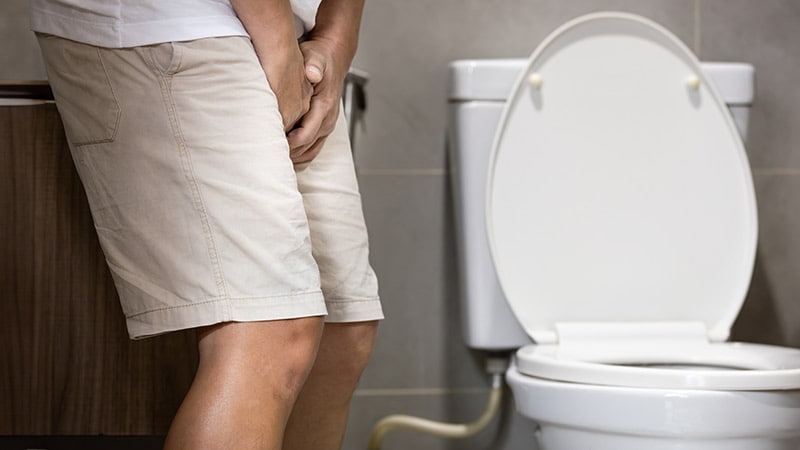Takeaway
- In the short to medium term (12 months), retropubic mid-urethral sling (MUS), transobturator MUS, traditional sling and open colposuspension are more likely to be effective than other surgical procedures for the treatment of stress urinary incontinence in women.
- However, current evidence is insufficient to establish long-term efficacy and safety of surgical interventions for stress urinary incontinence.
Why this matters
- Findings suggest that MUS procedures are among the most effective surgical interventions for stress urinary and highlight the need for further research that considers adverse events which might not be common but could influence women’s quality of life.
Study design
- Meta-analysis of 175 randomised controlled studies involving 21,598 women with stress urinary incontinence identified after a search across electronic databases.
- Funding: NIHR HTA programme.
Key results
- Interventions with the probability of achieving the highest cure rates were traditional sling (89.4%), retropubic MUS (89.1%), open colposuspension (76.7%) and transobturator MUS (64.1%).
- Compared with retropubic MUS, the ORs of cure were as follows:
- Traditional sling: OR, 1.06 (95% CI, 0.62-1.85),
- Open colposuspension: OR, 0.85 (95% CI, 0.54-1.33), and
- Transobturator MUS: OR, 0.74 (95% CI, 0.59-0.92).
- Compared with retropubic MUS, the OR for improvement of incontinence symptoms was as follows:
- Traditional sling: OR, 0.69 (95% CI, 0.39-1.26),
- Open colposuspension: OR, 0.65 (95% CI, 0.41-1.02), and
- Transobturator MUS: OR, 0.76 (95% CI, 0.59-0.98).
- Transobturator MUS vs retropubic MUS was associated with higher rates of repeated surgery (≤12 months) (OR, 1.37; 95% CI, 0.55-3.46) and groin pain (OR, 3.80; 95% CI, 2.45-5.89).
- The rate of suprapubic pain (OR, 0.37; 95% CI, 0.17-0.84), vascular complications, (OR, 0.36; 95% CI, 0.21-0.64), bladder or urethral perforation (OR, 0.15; 95% CI, 0.09-0.24) and voiding difficulties (OR, 0.51; 95% CI, 0.40-0.64) were lower with transobturator MUS vs retropubic MUS.
Limitations
- Lack of information on the severity of stress urinary incontinence.
References
References


